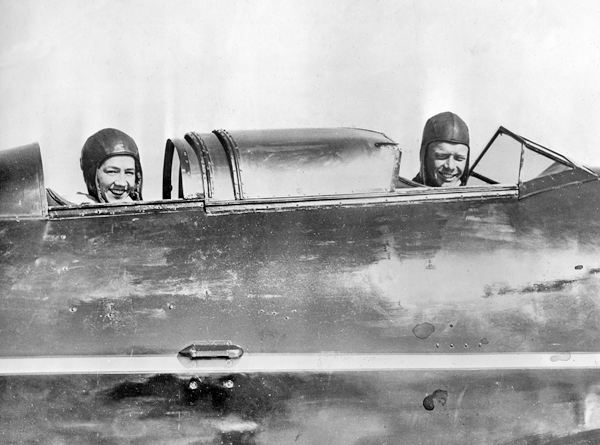 |
The idea of electric flight, which utilizes
several motors and links to software has opened up thinking in aviation
circles that maybe a vertical takeoff and landing (VTOL) aircraft
might at last have a future.
Recent announcement that United Airlines
is investing in VTOL startup Archer and has placed a $1 billion
order for 200 VTOL aircraft was stunning, if perhaps otherwise somewhat
overlooked news.
Archer, which is currently in development,
whilst raising vast sums of money for its project, says that its
first aircraft, due out in 2024 will be a puddle jumper travelling
60 miles at 150 miles per hour.
So the ability to carry some people
between some close-in-city pairs via VTOL in maybe half the time
it takes to travel by road or rail: fast, economical to operate
and both quiet and greener than say a helicopter, and will cost
passengers like an Uber ride, is intriguing.
Archer says its aircraft at start
up will have a pilot. However down the road, fans of the new technology
envision pilotless, computer-flown aircraft.
How UA will get that idea past its
pilots union will be interesting to observe.
Listen! The Wind
Talking about electric powered air
races and passenger (and, or we assume, cargo in some manner) VTOL
aircraft of the future, also brings forward the thought that for
the first time in aviation history new aircraft will be in use that
barely make a sound.
The thunderous roar of low flying
aircraft engines zooming around pylons at air show or the take-off
or final approach and landing of an aircraft with cargo and people
aboard, will be a mere whisper as compared to today.
 |
Thoughts drift back to 1933 and tiny
Anne Morrow Lindbergh bundled up in the back seat as her husband
flew his open cockpit Lockheed Sirius aircraft converted as a float
plane on a proving flight across the Atlantic Ocean and across Africa.
With ambient noise & wind blowing
all around her, it must have been hard to think straight, let alone
serve as navigator and radio operator for that journey.
In 1938 she wrote a book about that
flight with the remarkable title:
“Listen! The Wind”.
“One can never pay in gratitude;
one can only pay 'in kind' somewhere else in life,” she advised.
In Greenland, the Eskimos shouting
their welcome greetings, named the Lindbergh’s Lockheed, “Tingmissartoq”
(one that flies like a big bird).
That flight in 1933 established The
Great Circle Route, which is still in use today as the way to fly
across the North Atlantic to and from Europe.
But now as we stand at the advent
of airplanes separating noise from flight, we celebrate the ongoing
aviation experience as it moves somewhere else in life.
Geoffrey |




